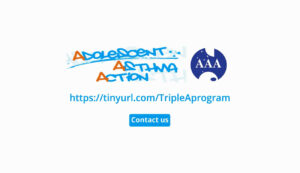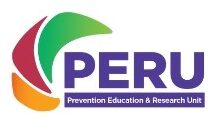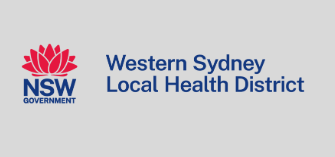Triple A Research
Research articles demonstrating the results of the Triple A program.

[ARTICLE] Cigarette smoking in adolescents with asthma in Jordan: Impact of peer-led education in high schools
Background: Peer-led smoking prevention programs focus on teaching adolescents—especially those with asthma- who are affected most by cigarettes, refusal skills to lower their intention to smoke. The purpose of this study was to determine the impact of a peer-led asthma education program on students who were smokers in terms of self-efficacy to resist smoking, asthma knowledge and asthma-related quality of life.
Conclusion: The prevalence of smoking among high school Jordanian students with asthma, especially males, is alarmingly high, highlighting the need for early intervention. A school-based peer-led asthma and smoking education approach can be effective in motivating students to not smoke. Therefore, nurse educators worldwide, especially who work in youth centers, community, and school health fields, need to be aware of the effectiveness, availability, and possible adoption of such innovative interventions in order to improve overall well-being for adolescents in general and for smokers in specific.

[ARTICLE] Peer-led interventions: Assessing the cost of the Adolescent Asthma Action program
The aim of this study was to determine the cost of implementing the Triple A program in Australia. Standard economic costing methods were used. It involved identifying the resources that were utilised (such as personnel and program materials), measuring them and then valuing them. We later performed sensitivity analysis so as to identify the cost drivers and a stress test to test how the intervention can perform when some inputs are lacking.


